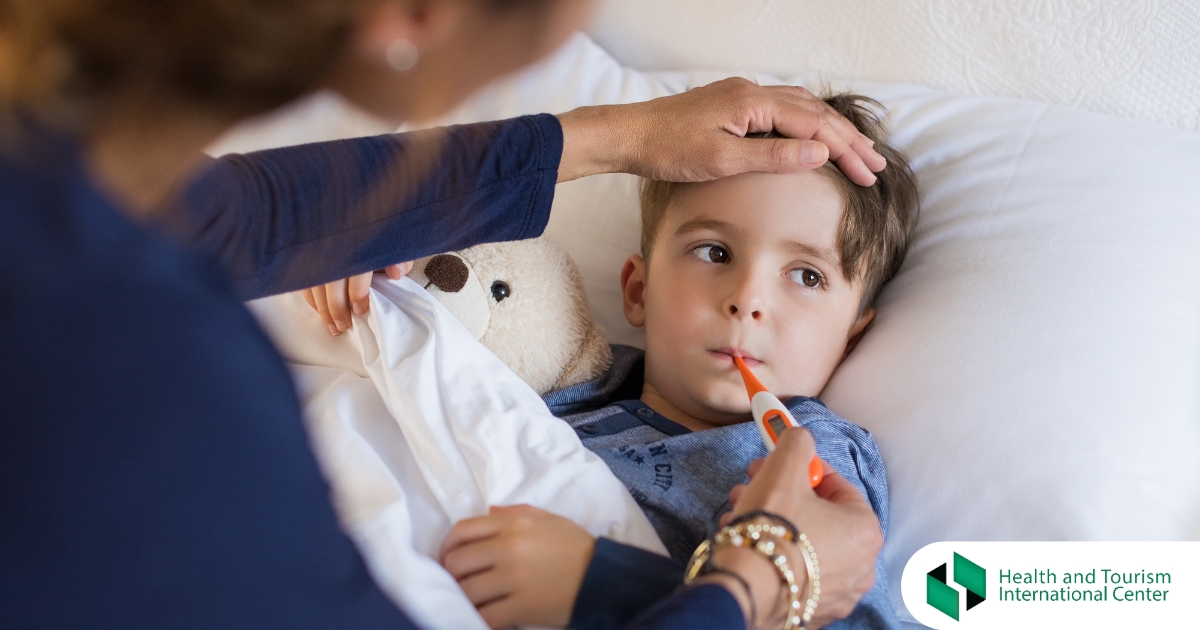Emergency aid for high temperature.
A fever means that the body temperature is higher than normal. Many doctors agree that 37.8 or 38 degrees is considered a fever.
Temperature is a normal reaction of the body in the process of fighting infection or disease. In a large percentage of clinical cases, it is not serious, although some symptoms are alarming and require the intervention of a doctor.
The following symptoms appear during high fever:
- Shivering, feeling cold;
- Body and headache;
- Fatigue;
- Weakness;
- Sweating;
- Skin warmth;
- Accelerated heartbeat;
- Ingratitude;
- Pale skin or redness;
- Strong feeling of thirst;
- Reduced urine;
- Anxiety.
Fever appears for many reasons, it is a symptom of many pathologies.
Common causes are:
- Bacterial infection;
- Viral infection;
- Urinary tract infection;
- Skin infection;
- Gastrointestinal infection;
- Side effect of medication;
- Vaccination;
- Autoimmune diseases.
Cold-like symptoms may develop in the background of allergies.
In adults, a temperature below 39.4 is not dangerous, but if it rises, consult a doctor.
In case of children, the following symptoms require urgent help:
- The child has a fever for several days;
- Heat is higher than 40 degrees;
- Antipyretic drugs do not work;
- It seems to you that the behavior of the little patient is unusual;
- Problems with breathing or urination were revealed.
Call an ambulance or go to the emergency department of the clinic if the fever is accompanied by the following symptoms:
- Pain in the abdomen;
- Nausea or vomiting;
- Severe headache;
- Burning of the neck;
- Increased sensitivity to light;
- Attack;
- Strange behavior or speech;
- Confusion or irritation;
- Severe drowsiness;
- Rash on the background of heat;
- Dehydration;
- Ingratitude;
- Swelling.
If a baby under 3 months of age has a fever, take you have to take him to the clinic immediately.
Source:
https://my.clevelandclinic.org/health/symptoms/10880-fever

